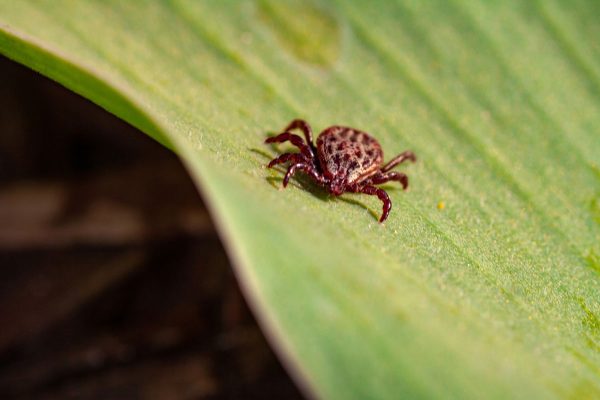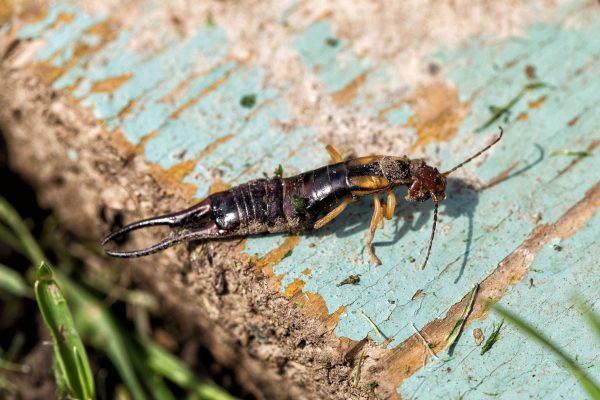Ladybugs or otherwise known as lady beetles are one popular species known for their benefits as predatory insects. There are many species of its kind and you're likely to find them more in the northern region of America. They are also known for their size, but how big can they get? Here's what we found after our research.
Ladybugs can grow as long as between 1 to 10 millimeters. Though the sizes vary differently for each species. Ladybugs have vibrantly colored wings which make them outstanding.
To know more about these insects, please read further as we would give you all the detailed information we have gathered about them.
![A shiny back of a ladybug on a leaf, How Big Can Ladybugs [Lady Beetles] Get?](https://pests101.com/wp-content/uploads/2022/06/How-Big-Can-Ladybugs-Lady-Beetles-Get-1200x800.png)
Ladybugs [About]
Ladybugs got their names from European farmers. A long time ago, bugs began eating the crops of European farmers and they began praying to the Virgin Mary. The farmers coined the name "Beetle of Our Lady" when these prayers supposedly cleared out the invading insects.
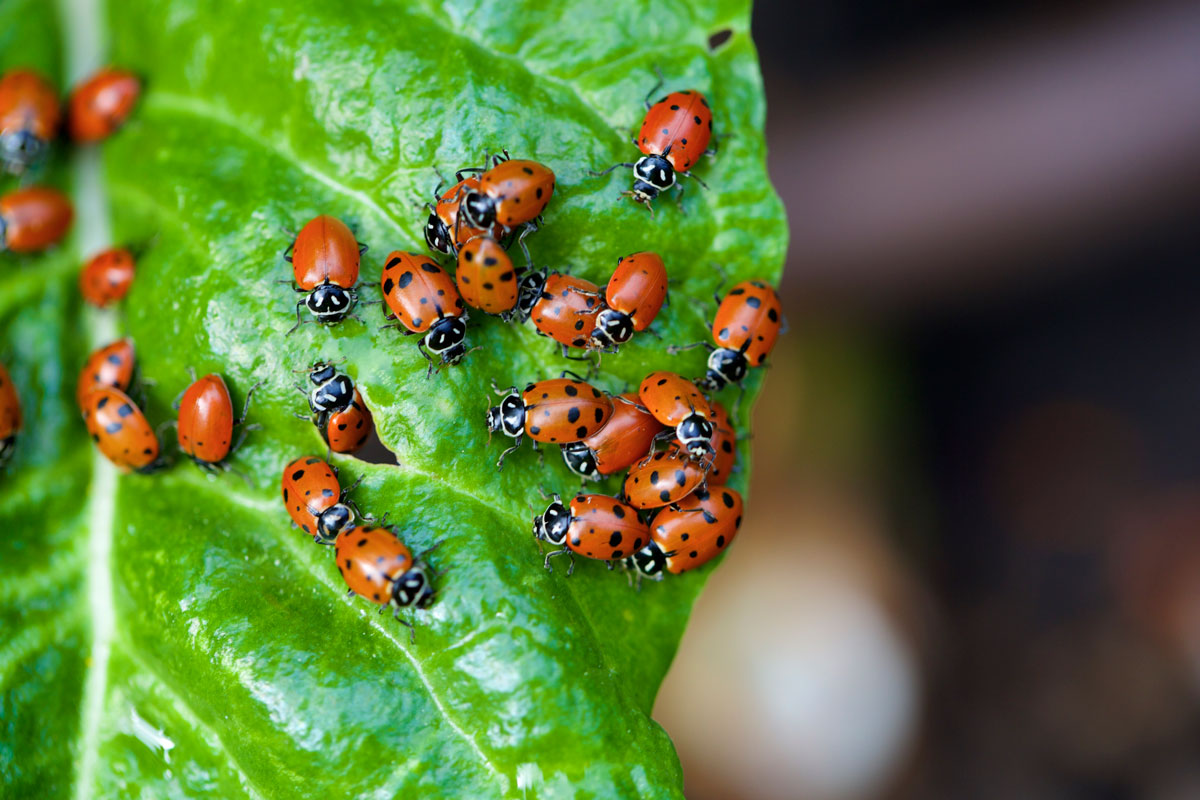
It was then abbreviated to "ladybug" and "lady beetle." In Europe, they are still called ladybird beetles. The world's ladybug species number over 5,000.
The seven-spotted ladybug, with its bright red-and-black body, is the most common in the Northern region of America. Ladybugs are thought to bring luck in many cultures and people love them because they are harmless.
Farmers love them more because they help to eat plants and insects that can potentially cause harm to the farmland. In its lifetime, a single ladybug can consume over four thousand insects.
Ladybugs have six short legs and an oval, dome-shaped body. You might find spots, stripes, or no markings on some species of ladybugs. Seven-spotted ladybugs have three spots on each side and one in the center and are red or orange.
Colorful Defense
It's no coincidence that ladybugs are brightly colored; the marks make predators lose interest in them. When the bugs are threatened, they produce an oily, foul-tasting substance from their leg joints. They might even pretend to be dead. Frogs, wasps, spiders, and dragonflies are other predators of ladybugs.
Procreation
On the underside of a leaf, ladybugs lay their eggs in clusters or rows, usually where aphids have gathered. The larvae emerge in a few days, with different shapes and colors depending on the species.
Long, black, and spiky-looking, seven-spotted ladybug larvae have orange or yellow markings. They have been compared to miniature alligators by others. Larvae develop rapidly and lose their skin multiple times. They attach to a leaf once they've grown to their full size.
Locale & Activity
Ladybugs with seven spots are native to Europe but were introduced to North America in the mid-nineteenth century to suppress the growing numbers of aphids.
From spring until fall, ladybugs are most active. When the weather becomes cold, they seek out a warm, isolated location to hibernate, such as rotting logs, behind rocks, or even within houses. Thousands of ladybugs may be found hibernating in these colonies.
How Big Can Ladybug Get?
Ladybugs can get as long as 1 centimeter. Their growing larvae can get as long as 1 millimeter to 1 centimeter. Although sizes vary in different species.
Leconte's Giant Lady Beetle
The large orange ladybug, also known as Leconte's giant lady beetle, is known to be the biggest type of ladybug species.
It can grow as long as 7.75 to 10.50 millimeters and has a thick width of 6.50 to 9.00 millimeters. It is one of the largest beetles in North America. It is usually yellow and sometimes brownish-red in color but as it gets older, its color darkens.
On the sides of its wing covers, it has dark borders around it. Unlike most ladybugs, this species has no spots. It is shaped like a helmet and between the wings and its head, it has stripes made of black and white colors. The last orange bug stars in trees, woods, and forests. It feeds on aphids like all ladybugs.
What is The Largest Specie of Lady Bugs?
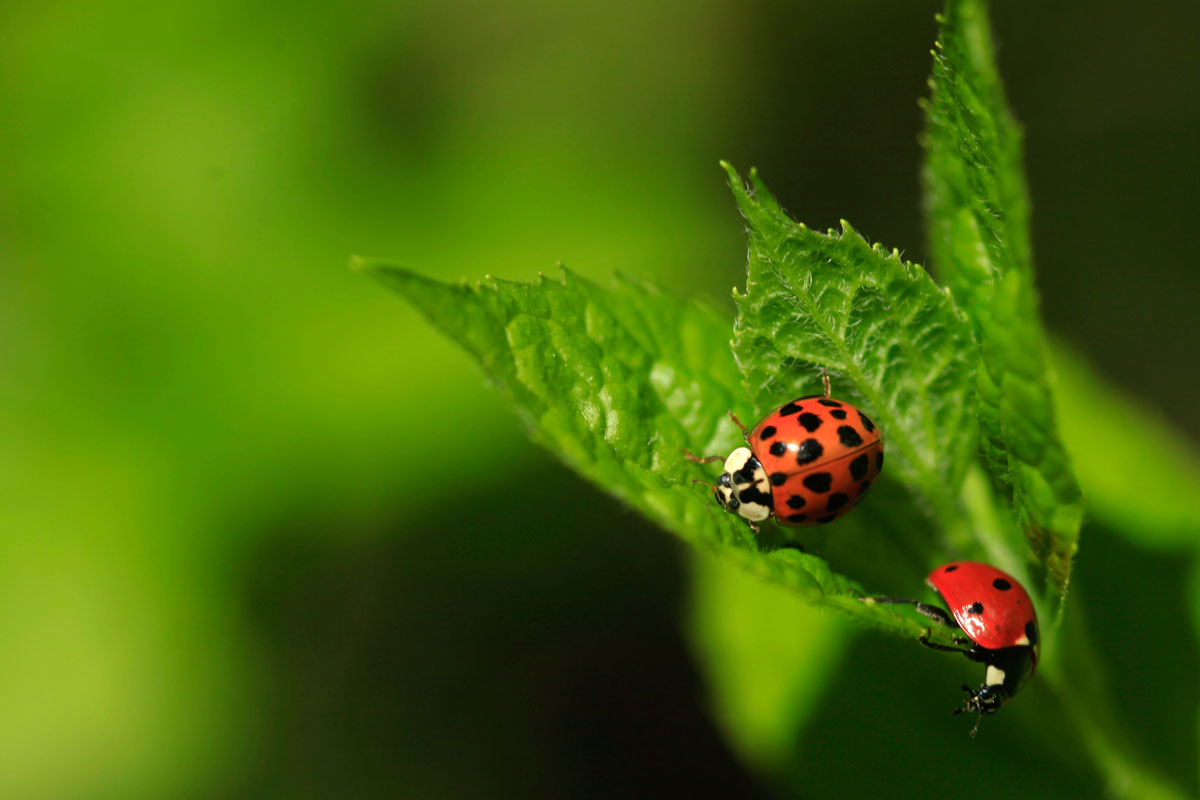
The seven-spotted ladybug also known as Coccinella septempunctata is the common and largest species of ladybugs. It belongs to the Coccinellidae family of ladybugs, which includes over 5,000 species. Most species have a simple variety of dots that ranges in color from yellow to pink to red to black.
The seven spotted ladybugs measure 7 to 10 millimeters that are about 14 inches. It has seven spots all over its wing covers which are quite hard. These wing covers, called elites, are red or orange and have white spots on each side. They have black heads and a white dot over their eyes.
Gardens, grasslands, broadleaf forests, and mixed forests are just a few of the places where the seven-spotted lady beetle can be found. Aphid-infested herbaceous habitats appear to be favored.
They are originally from Europe and East Asia but as a way to control pest infestation, they have been introduced to the northern region of America.
Food
Aphids are their primary prey, but they will also eat thrips, white flies, and other insect eggs and larvae. Adults can fly well and wander between plants and locations frequently throughout the growing season.
In most cases, young lady beetle larvae puncture and suck the contents of their prey. Adults and older larvae chew their prey and can eat it whole.
Life Cycle
The egg, larva, pupa, and adult stages of the seven spotted lady beetle, are the four phases of development. During her two-month growing-season lifespan, the mature female lays approximately 200 to 300 eggs.
Larvae grow via four instars after they hatch. When the days get shorter, reproduction stops. In protected areas, the species spends the winter as an adult.
Are Orange Ladybugs Bugs?
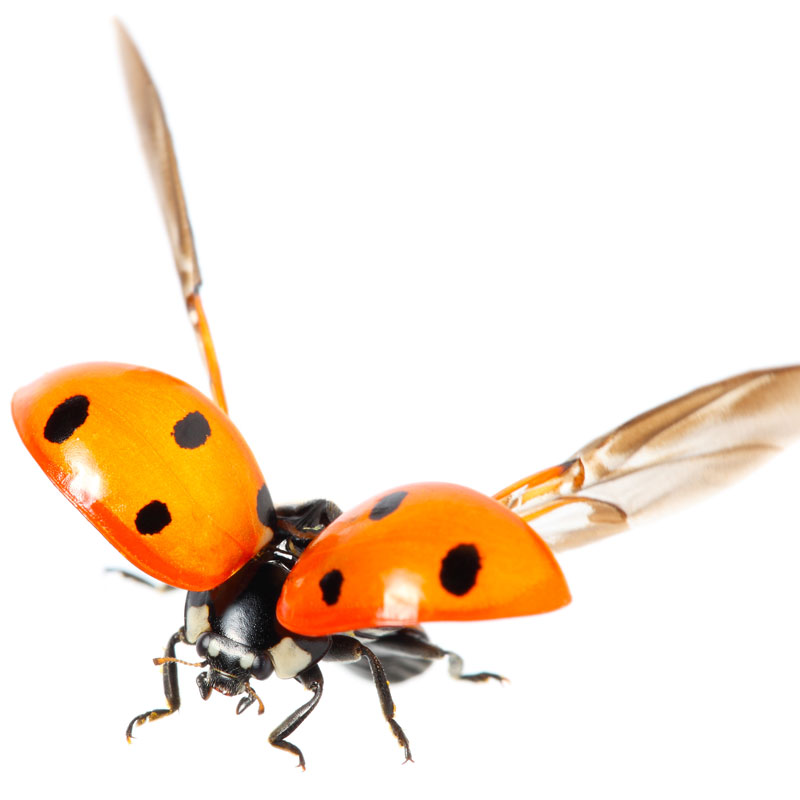
Orange ladybugs could be a distinct species of the ladybugs family. However, squash and cucumber beetles, which are not beneficial insects, can be orange. The squash bug and the cucumber beetle are the two primary varieties of orange beetles you don't want on your garden or vegetables.
Together with their larvae, these beetles will eat their way through the leaves of your cabbages and other green crops, leaving a skeletal pattern on the leaves. These bugs should be removed from any location where you observe them, as they are considered garden pests rather than useful insects.
Why is An Orange Ladybug Orange In Color?
This is due to the long-term diversification of many different ladybug kinds. The species evolved in the same way that any other, including humans. This results in DNA strands that begin to alter over time. These have just disintegrated into new color threads.
Ladybugs can now be found in a variety of hues, including white, black, grey, orange, yellow, brown, and more, in addition to the classic deep red tint. The orange ladybug is very prevalent in Europe and its population is growing.
Powdery white mildew grows on the surface of leaves, and these ladybug species feed on it. The larva and adult of the orange-colored ladybug eat Erysiphaceae, which infest trees and plants, but they also eat little aphids on occasion.
The orange-colored ladybug was once exclusively found in ancient woods, but after adapting to feed on Sycamore and Ash, it is now widespread throughout the United Kingdom.
Do Ladybugs Have Teeth?
No, they do not have teeth. Ladybugs are insects and insects don't have teeth. They feed on soft bodies because they have no teeth. They have what are called mandibles or parts of the mouth naturally created for chewing.
Are Orange Ladybugs Poisonous?
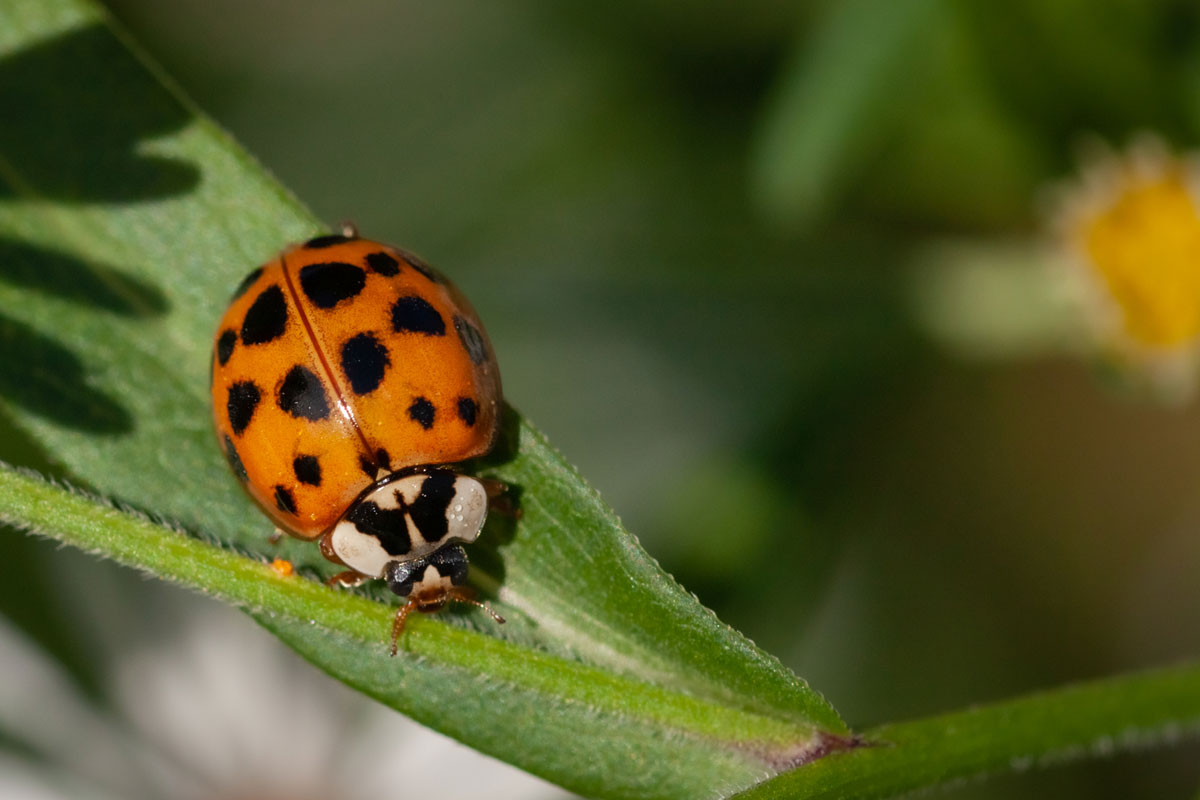
Ladybugs are not dangerous to humans, but if eaten, they can trigger allergic reactions and harm animals. Though orange ladybugs carry the most toxins in their bodies. As a result, they may cause the most allergic reactions in people and cause fatal problems to pests or animals that eat them.
Orange ladybugs can bite and damage human skin in their search for moisture or food, causing slight irritation. They swarm in huge numbers on your outside areas or walls in the fall, attempting to gain access to your house.
Most families find this to be a major annoyance. Similar to stink bugs, orange ladybugs can emit a foul stench.
What Does a Ladybug With No Spot Mean?
The spots on ladybugs are a color mechanism trick to ward off predators. Some people argue that the number of spots on ladybugs reveals their age. That is entirely not true. However, the dots and other features let you identify the ladybug species. Some species are completely devoid of spots.
To Wrap Up
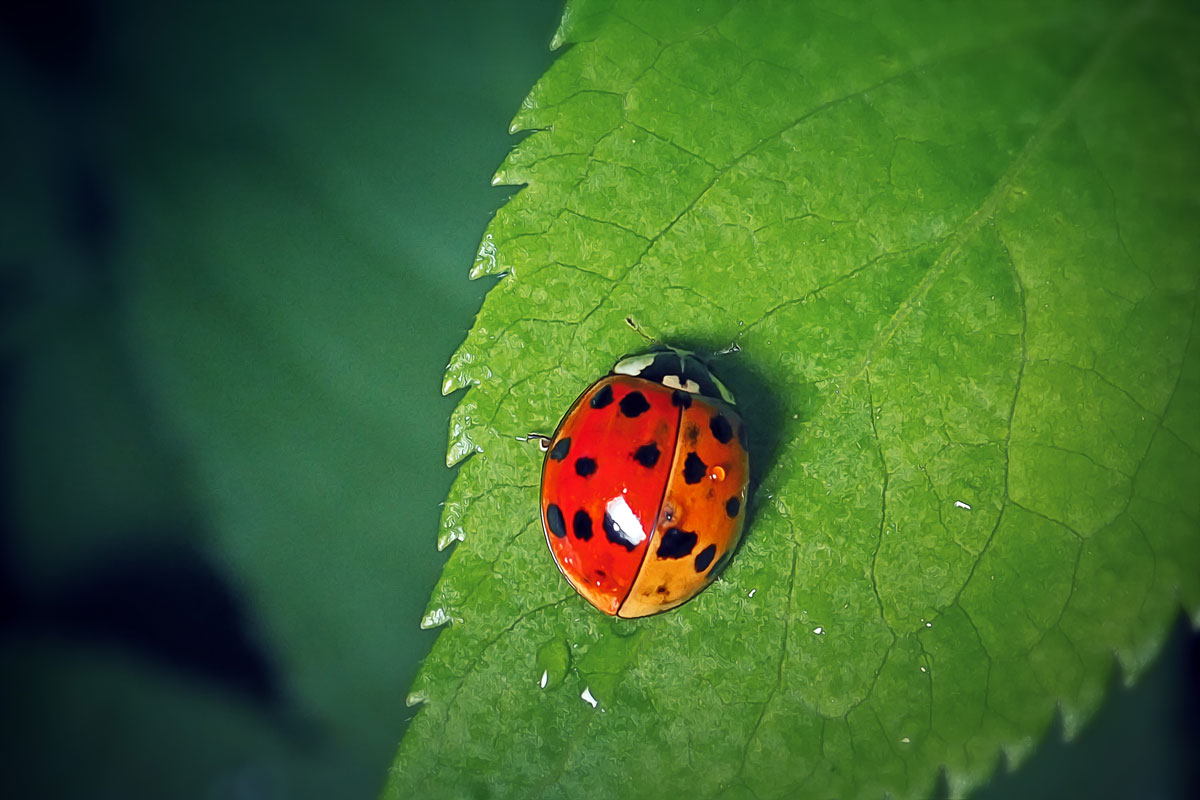
Ladybugs are one of the many classes of insects that are not harmful to humans. They are helpful to farmers as they eat pests that eat crops. Like most insects, these creatures have no teeth but they chew soft-skinned insects with their mandibles. In some theories, ladybugs are considered to bring good luck to harvest and also bring true love.
For more on other types of insects, check out these engaging articles:

